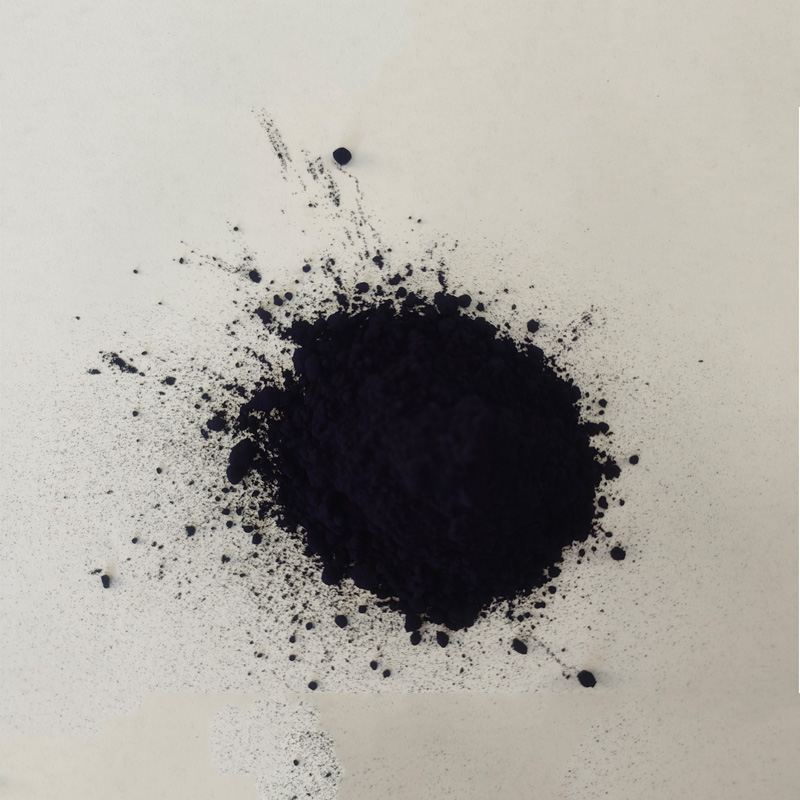famous indigo dyes
The Rich History and Cultural Significance of Indigo Dyes
Indigo dye, renowned for its deep blue hue, has a storied history that stretches back thousands of years. It is one of the oldest dyes known to humanity, and its significance transcends mere aesthetics; it has played crucial roles in culture, commerce, and identity across the globe.
Origins and Production
The indigo dye is derived from the leaves of the indigo plant, predominantly from species like *Indigofera tinctoria*. The process of extracting the dye is intricate. First, the leaves are harvested and fermented in water, which allows the natural indigo to settle. This sediment is then dried and ground into a powder, ready for use. The color produced is remarkable and has a unique quality—indigo appears as a greenish hue when applied wet but turns to a deep blue as it dries. This transformation has fascinated artisans for centuries, making it a beloved choice in various crafts.
Cultural Significance
Indigo’s cultural significance varies across regions. In ancient Egypt, indigo was used not just as a dye but also in mummification processes, highlighting its value in both the living and the afterlife. In Asia, particularly in India, indigo became closely associated with traditional textiles. Indian artisans developed a rich history of indigo dyeing, leading to the production of distinctive fabrics such as sanganeri and bandhani. The craft is often passed down through generations, embodying both artistic expression and cultural heritage.
In West Africa, indigo holds deep emotional and spiritual meanings. The dyeing process is often an essential part of rituals, and many communities consider the artisans who produce it to possess special skills. The vibrant blue has become a symbol of identity and unity, particularly among the Yoruba people, where it is prominently featured in traditional clothing.
Economic Impact
famous indigo dyes

Indigo dye has been a significant player in global trade, often referred to as blue gold. During the 18th century, it became an essential commodity in colonial economies. European powers recognized its value and established extensive plantations in the Americas and Asia. This demand had profound economic impacts, fostering both prosperity and exploitation. The legacy of indigo production is complicated, often tied to the transatlantic slave trade and colonialism.
Today, the revival of natural dyes, including indigo, has gained momentum. As awareness grows around sustainable practices, many designers and consumers are seeking alternatives to synthetic dyes, which often involve harmful chemicals. This shift not only benefits the environment but also supports traditional artisans who practice eco-friendly methods of dyeing.
Contemporary Uses
Craftspeople and fashion designers are reintroducing indigo in modern contexts. From high fashion to home decor, indigo-dyed fabrics have become increasingly popular. Notably, brands that emphasize sustainability are turning to indigo for its naturally achievable colors and aesthetic appeal. Artisans are also utilizing indigo in innovative ways, blending contemporary designs with age-old techniques.
In educational settings, workshops on indigo dyeing are becoming more common as part of broader initiatives to teach sustainable practices and preserve textile traditions. These workshops not only impart skills but also connect participants to the rich heritage of indigo and its transformative journey from plant to fabric.
Conclusion
Indigo dyes carry profound historical, cultural, and economic significance. As societies evolve and embrace sustainability, the allure of indigo remains potent. Its deep blue colors continue to inspire and connect individuals to their cultural roots while paving the way for modern innovations in the textile industry. With its rich legacy and contemporary relevance, indigo dye represents a beautiful intersection of art, culture, and environmental consciousness.
-
The Timeless Art of Denim Indigo Dye
NewsJul.01,2025
-
The Rise of Sulfur Dyed Denim
NewsJul.01,2025
-
The Rich Revival of the Best Indigo Dye
NewsJul.01,2025
-
The Enduring Strength of Sulphur Black
NewsJul.01,2025
-
The Ancient Art of Chinese Indigo Dye
NewsJul.01,2025
-
Industry Power of Indigo
NewsJul.01,2025
-
Black Sulfur is Leading the Next Wave
NewsJul.01,2025

Sulphur Black
1.Name: sulphur black; Sulfur Black; Sulphur Black 1;
2.Structure formula:
3.Molecule formula: C6H4N2O5
4.CAS No.: 1326-82-5
5.HS code: 32041911
6.Product specification:Appearance:black phosphorus flakes; black liquid

Bromo Indigo; Vat Bromo-Indigo; C.I.Vat Blue 5
1.Name: Bromo indigo; Vat bromo-indigo; C.I.Vat blue 5;
2.Structure formula:
3.Molecule formula: C16H6Br4N2O2
4.CAS No.: 2475-31-2
5.HS code: 3204151000 6.Major usage and instruction: Be mainly used to dye cotton fabrics.

Indigo Blue Vat Blue
1.Name: indigo blue,vat blue 1,
2.Structure formula:
3.Molecule formula: C16H10N2O2
4.. CAS No.: 482-89-3
5.Molecule weight: 262.62
6.HS code: 3204151000
7.Major usage and instruction: Be mainly used to dye cotton fabrics.

